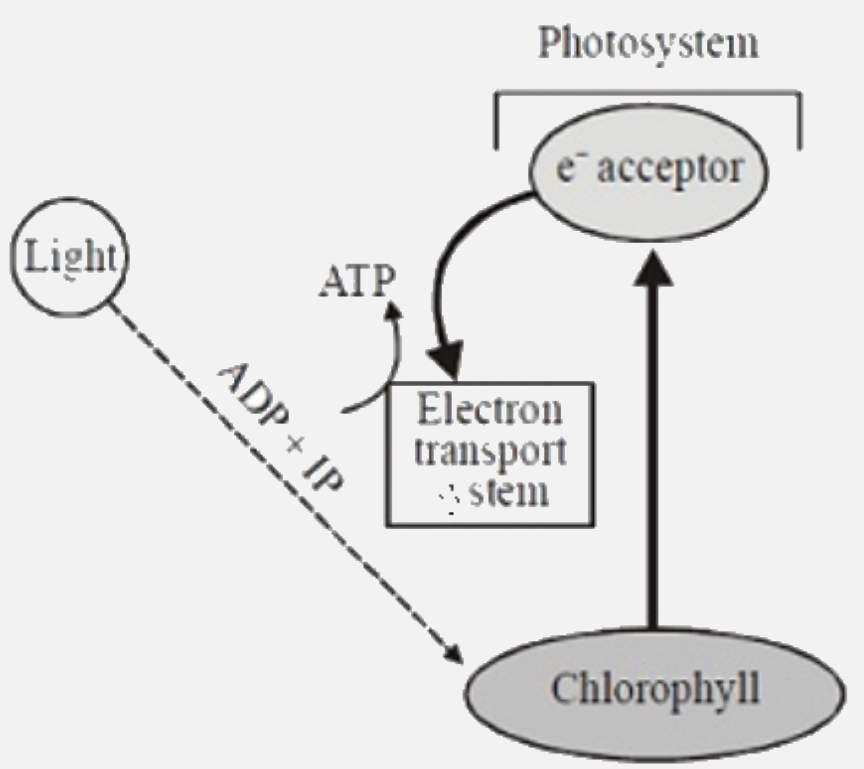Which of the following is not applicable for members of the phylum Echinodermata?
Habitat - Exclusively marine
Symmetry - Adults are radially symmetrical
Body system- Presence of canal system due to the folding of the body wall
Development - Indirect
The correct Answer is:C
To solve the question "Which of the following is not applicable for members of the phylum Echinodermata?", we need to analyze the characteristics of Echinodermata and identify which statement does not apply to them.
1. Understanding Echinodermata:
- Echinodermata are known as spiny-bodied animals. The term "Echinodermata" comes from "echino" meaning spiny and "derm" meaning skin.
2. Habitat:
- All members of Echinodermata are exclusively marine. This means they live in oceanic environments.
3. Body Structure:
- Echinoderms possess an endoskeleton made of calcareous ossicles. They do not have an exoskeleton like arthropods.
4. Symmetry:
- Adults are radially symmetrical, meaning they can be divided into similar halves by multiple planes. However, their larvae are bilaterally symmetrical.
5. Organ System:
- Echinoderms have an organ system level of organization. This includes a complete digestive system with a mouth located on the lower side and an anus on the upper side.
6. Water Vascular System:
- A key characteristic of Echinodermata is the water vascular system, which is involved in locomotion, feeding, and respiration. It is important to note that this is different from a "water canal system," which is associated with Porifera (sponges).
7. Identifying the Incorrect Statement:
- The question asks for a statement that is not applicable to Echinodermata.
- If one of the options mentions a "water canal system" instead of a "water vascular system," that would be the incorrect statement.
8. Conclusion:
- Based on the analysis, the statement regarding the "water canal system" is not applicable to Echinodermata. Therefore, the correct answer is the option that mentions this incorrect term.
Final Answer:
The option that states "water canal system" is not applicable for members of the phylum Echinodermata.
---
- Echinodermata are known as spiny-bodied animals. The term "Echinodermata" comes from "echino" meaning spiny and "derm" meaning skin.
- All members of Echinodermata are exclusively marine. This means they live in oceanic environments.
- Echinoderms possess an endoskeleton made of calcareous ossicles. They do not have an exoskeleton like arthropods.
- Adults are radially symmetrical, meaning they can be divided into similar halves by multiple planes. However, their larvae are bilaterally symmetrical.
- Echinoderms have an organ system level of organization. This includes a complete digestive system with a mouth located on the lower side and an anus on the upper side.
- A key characteristic of Echinodermata is the water vascular system, which is involved in locomotion, feeding, and respiration. It is important to note that this is different from a "water canal system," which is associated with Porifera (sponges).
- The question asks for a statement that is not applicable to Echinodermata.
- If one of the options mentions a "water canal system" instead of a "water vascular system," that would be the incorrect statement.
- Based on the analysis, the statement regarding the "water canal system" is not applicable to Echinodermata. Therefore, the correct answer is the option that mentions this incorrect term.
The option that states "water canal system" is not applicable for members of the phylum Echinodermata.
Similar Questions
In Echinodermata
View SolutionWhich of the following is not applicable to Drosophila
View Solutionwhich one of the following is not applicable to RNA
View SolutionWhich if the following is not applicable for Bt - cotton ?
View SolutionWhich of the following is not application of RNA :
View SolutionWhich of the following is not an application of PCR ?
View SolutionWhich of the following is not a characteristic feature of phylum echinodermata?
View Solutionwhich one of the following is not applicable to chemisorption ?
View Solutionwhich one of the following is not applicable to chemisorption ?
View Solution
Which of the following is applicable to the given figure ?
View Solution
